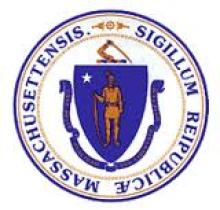AllCoNet Pioneers Muni Wireless in Maryland
Two hours northwest of the nation’s capital lies rural Allegany County, in western Maryland on the border with Pennsylvania. In the mid-1990s, before cable internet was even widely available, the county launched a successful wireless carrier network that would expand into an envied public model. In 1996, the State of Maryland offered financial assistance to wire public schools. They used a wireless solution due to the high costs of fiber-optic cables then. To raise funds and pool grant dollars from the Appalachian Regional Commission (ARC), the school partnered with fellow agencies Allegany County, Allegany County Library System, and the City of Cumberland. The new Allegany County Network (AllCoNet) placed its first wireless antenna atop the courthouse, the county’s highest point, and launched the network at a cost of $4.3 million.
The network that evolved into AllCoNet began with far more modest goals than restoring prosperity to the county. In 1996, the State of Maryland offered financial incentives to help wire public school buildings for fast Internet access. But connecting the public schools with fiber-optic cable would have been prohibitively expensive. As an alternative, Jeff Blank, the microcomputing and networking supervisor for Allegany County Public Schools, suggested a wireless network in which signals would be transmitted via microwave relays, traveling from one high point to another. Mounting the first antenna at the top of the Allegany County courthouse, one of Cumberland's high points, seemed only logical, and so began a common-sense venture in interagency cooperation. (ARC Magazine)
The early justification for such a network was rooted in the private sector avoidance of building in rural areas but also the pressing demand for economic growth and good broadband technology being just outside the nation’s major eastern cities. To eliminate the Digital Divide, AllCoNet looked to provide carrier class, affordable service to public entities like government and schools while upholding an open access model to let private companies serve the public at reasonable costs -- avoiding massive infrastructure debt.



